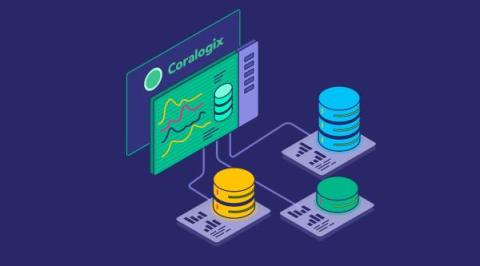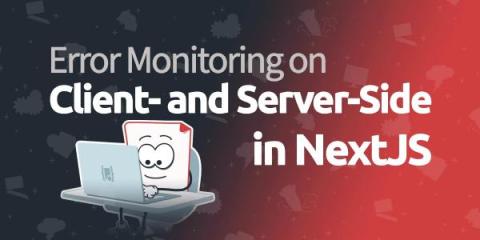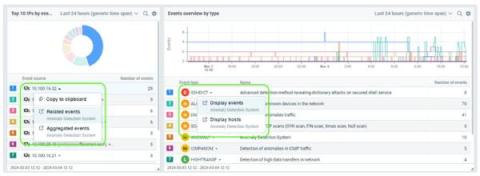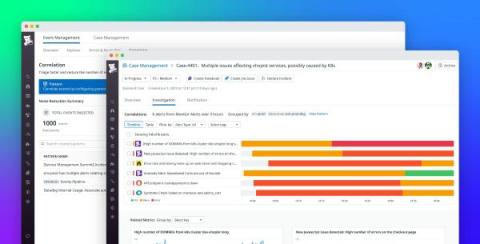Database Monitoring: troubleshooting from the bottom up
A healthy relationship between services and databases is fundamental to overall application performance. Unchecked database issues can compromise application efficiency, user experience, and ultimately, your organization’s bottom line. To steer clear of these consequences, monitoring your databases should be a key component of your observability—and with the launch of Coralogix Database Monitoring, it can be.











